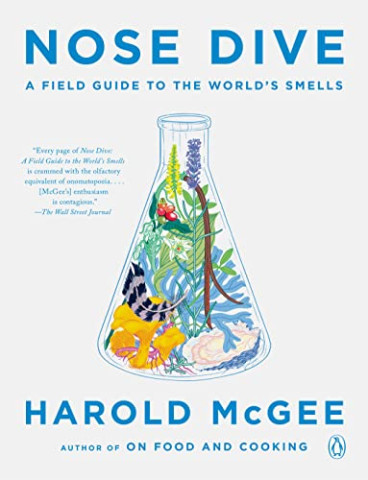Office Scenting (09-22-23)
Liu and colleagues evaluated the implications of scenting office spaces.
Liu and colleagues evaluated the implications of scenting office spaces.
Woo and colleagues studied the cognitive implications of nighttime scenting; it is possible that their findings are useful in other contexts.
Ruzeviciute and colleagues investigated whether scenting an object influences how far people feel they are from it.
Chae, Yoon, Baskin and Zhu studied how what we smell influences what we eat.

Ventilation and scents influence how we think and behave, our mental and physical health and wellbeing. Their implications are significant and long-lasting, and found even when people are not consciously aware scents are present and when ventilation purrs along without a sound.

Handy smellscaping resource
Allen probed scent-based experiences in New Zealand during COVID-19-related lockdowns.
Recent research elevates our understanding of olfactory experiences.
Neuroscience research indicates that the effects of scents on our lives are robust, long-lasting, and present even when scent concentrations are extraordinarily low. What do designers and other people who are not actively working in the scenting industry need to know about managing the odors of spaces and objects?
Chen and Spence investigated how smelling particular sorts of odors influenced perceptions of facial attractiveness; it seems likely that their findings can also be applied in other contexts.